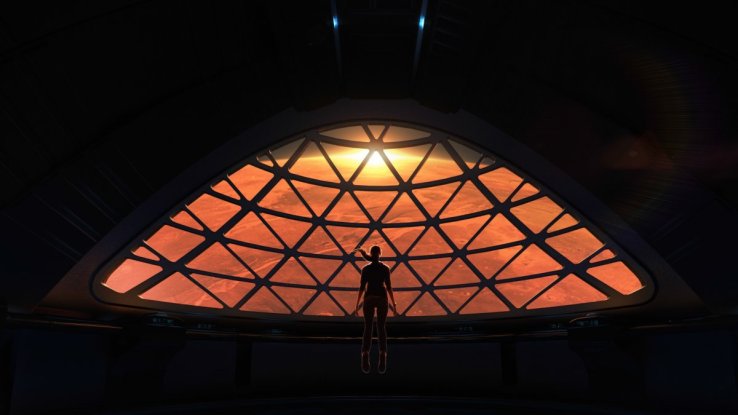Elon Musk offers updates on Falcon Heavy, Dragon 2 and Mars mission

During a talk at the ISS R&D conference on Wednesday, SpaceX CEO Elon Musk provided a number of updates about progress on the Falcon Heavy rocket, crewed Dragon capsule development and his vision for an eventual crewed mission to Mars with the ultimate goal of human colonization of the red planet. Spoiler alert for those looking forward to the Falcon Heavy’s inaugural flight – it’s probably going to explode shortly after launch.
“[Falcon Heavy] requires the simultaneous ignition of 27 orbit class rockets,” Musk said, adding that there’s a “lot of risk associated with Falcon Heavy” as a result.
“There’s a real good chance that it does not make it to orbit,” he continued. “I hope it gets far enough away from the launch pad that it does not cause pad damage – I would consider that a win.” He qualified that while “Falcon Heavy’s going to be a great vehicle,” there “just isn’t a lot you can test on the ground.”
Musk admitted that developing Falcon Heavy, which uses the equivalent of three Falcon 9 rockets strapped together, ended up being “way, way more difficult” than SpaceX originally anticipated. Musk said the team was “pretty naive about that” ultimately. Musk half-joked about eventual initial crew flights using a Falcon Heavy.
“No question, whoever’s on the first flight… brave. Brave.” he said.
Still, SpaceX hopes to focus on a Crew Dragon orbital launch, as well as testing its automated docking capabilities, which don’t require capture and attachment via the Space Station’s robotic arm, as is the case with the current capsule. Crew Dragon (also known as Dragon 2) won’t have propulsive landing capabilities, however, as was planned on an earlier roadmap.
Musk noted in response to an audience question that Dragon 2 “technically still is” capable of landing propusively (controlling descent via retrorockets, instead of floating back to Earth via parachutes), but it’s not being pursued for the final spacecraft at the moment. SpaceX decided to abandon developing that capability in part because it would’ve taken a tremendous effort to quality it from a safety perspective, and also because while SpaceX originally believed this would be the best path for making a capsule that could land on Mars, they’ve since changed their thinking and so propulsive landing is no longer required for that purpose.
Asked whether Musk himself would eventually ride the crew module to the ISS and back, he replied that he’d likely make the attempt eventually.
“I would like to at some point,” he said. “Assuming things work out, yeah, maybe in three or four years.”
Regarding extraorbital developments, Musk noted that “if you want to get the public real fired up, we gotta have a base on the moon” at one point, to considerable applause from the audience in attendance.
“Having some permanent presence on another heavenly body,” he said. “That’s the continuance of the dream of Apollo.”
On Mars, Musk said he’d likely have more details to share on the SpaceX plan unveiled at last year’s International Astronautical Congress at this year’s event in Adelaide in September. Still, he shared a bit of information about what to expect, including a somewhat pared down spacecraft design, which, while still large, is designed to also be useful for Earth orbit activity in addition to Mars missions, with the former helping to fund the latter. The key question he’ll seek to address with plan updates is making the plan more “real” or economically viable.